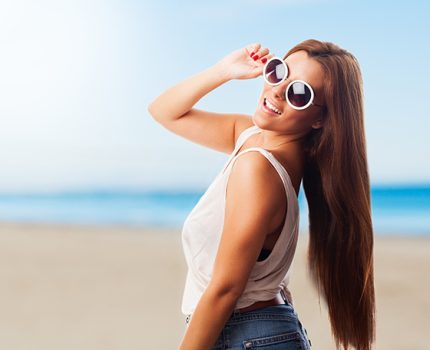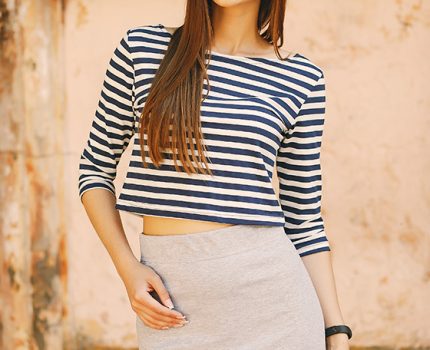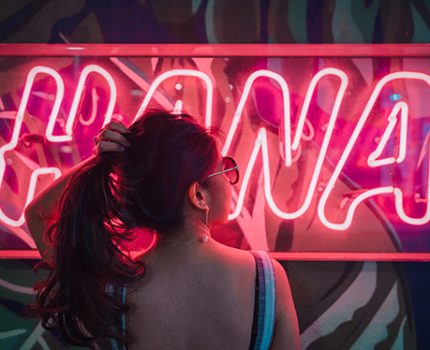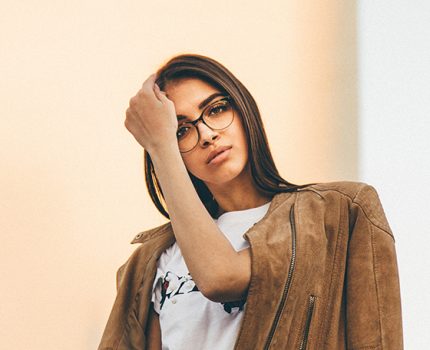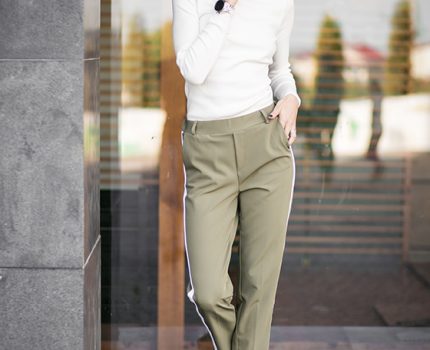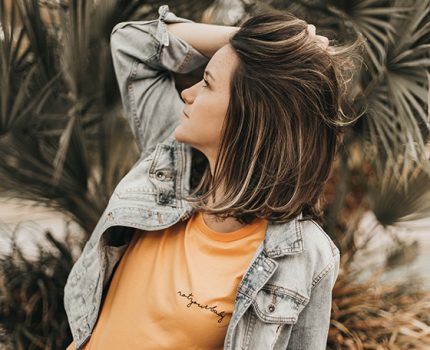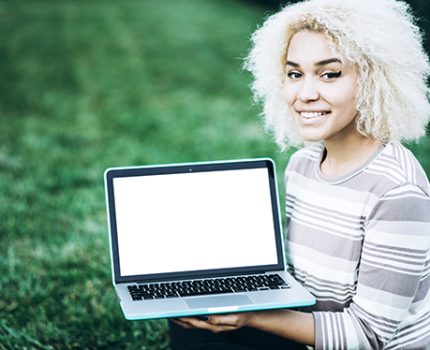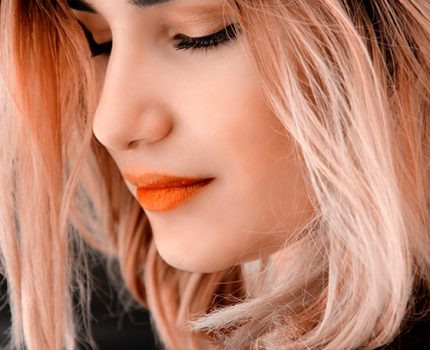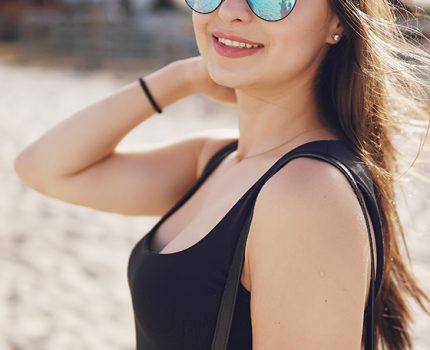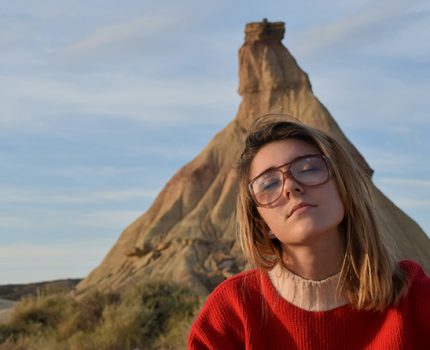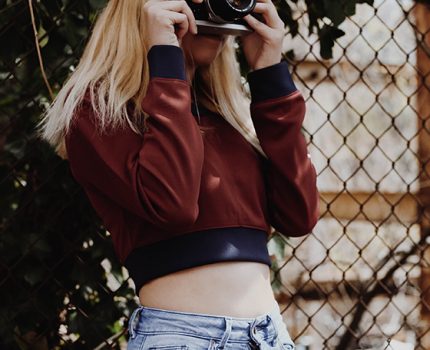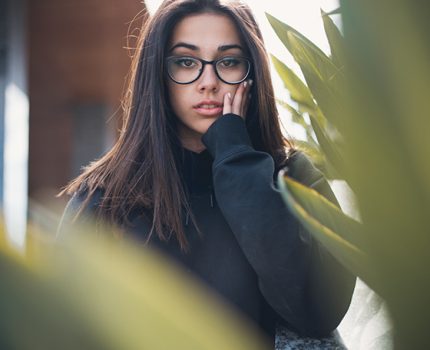Best DIY Costumes for Teenagers
Dressing up can be a creative way to express oneself, especially for teens on a budget. DIY costumes are both fun and unique. Pop culture icons like Harry Potter or Eleven from “Stranger Things” can be easily replicated. Simple classic choices include ghosts or cats with basic makeup. Teens often enjoy group themes such as the Avengers or “The Wizard of Oz”. Repurposing old clothes, like turning a flannel shirt into Sherlock Holmes, adds an eco-friendly twist. Nostalgic ’90s grunge or ’80s neon looks are easy conversation starters. Animal and fantasy creature outfits allow for artistic expression, while superheroes and villains offer crafty challenges. These ideas ensure that every teen can find a fun costume to create.

